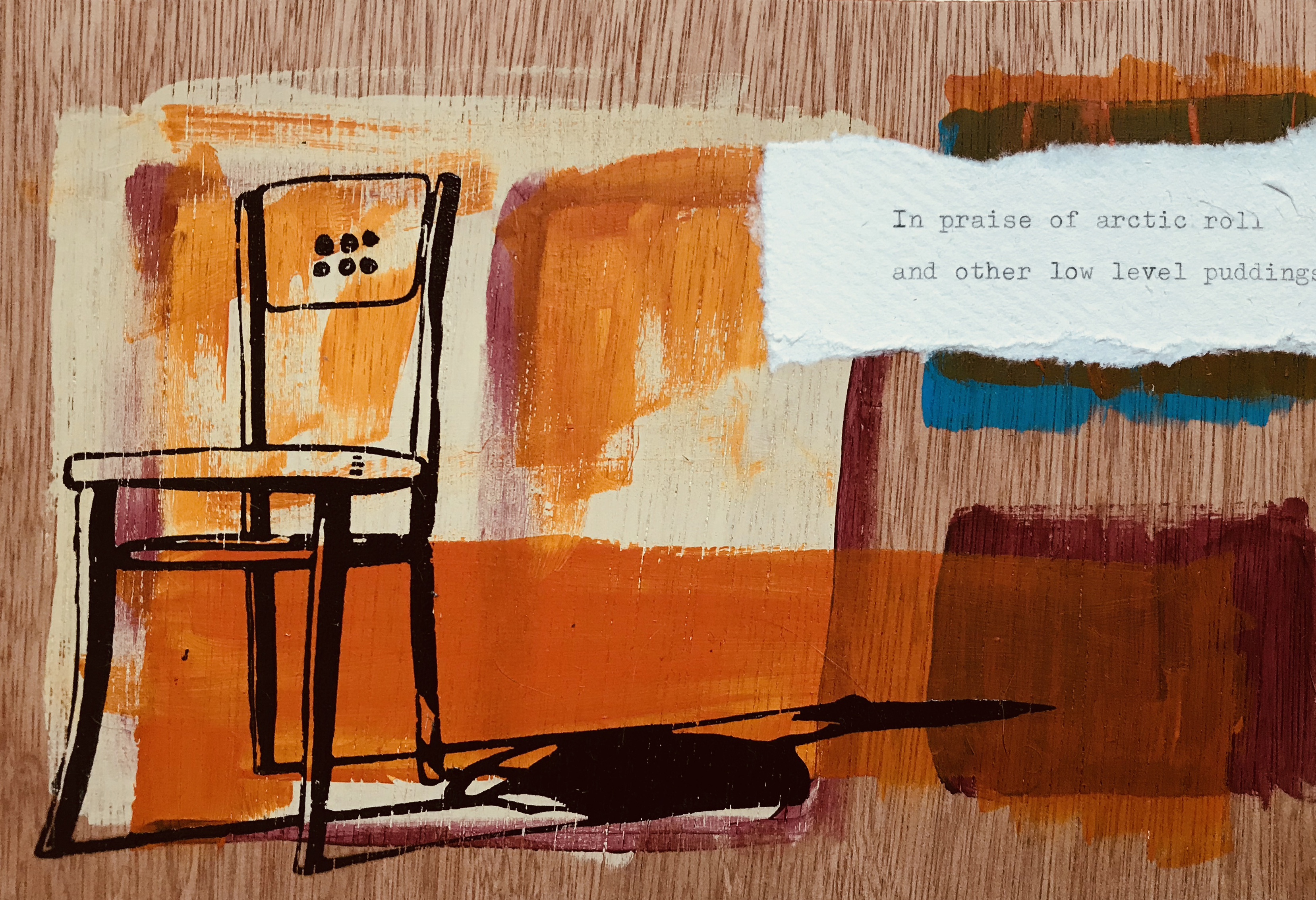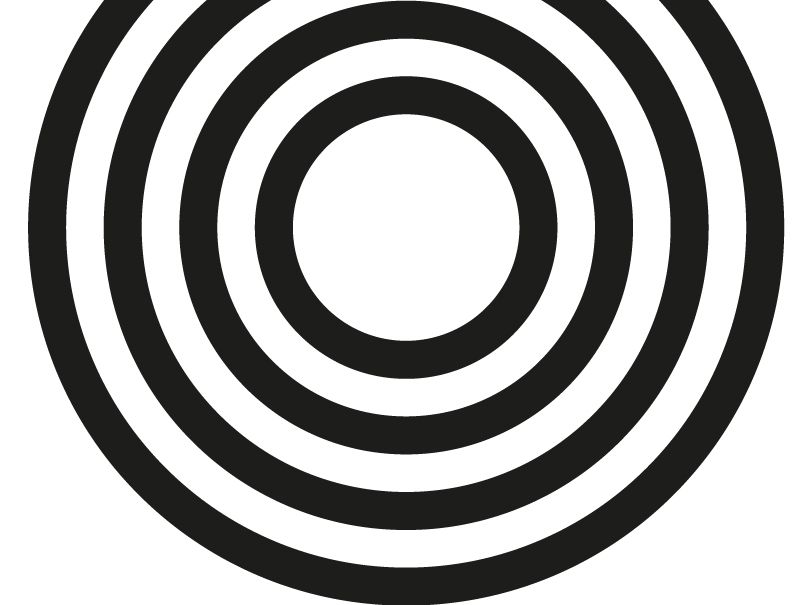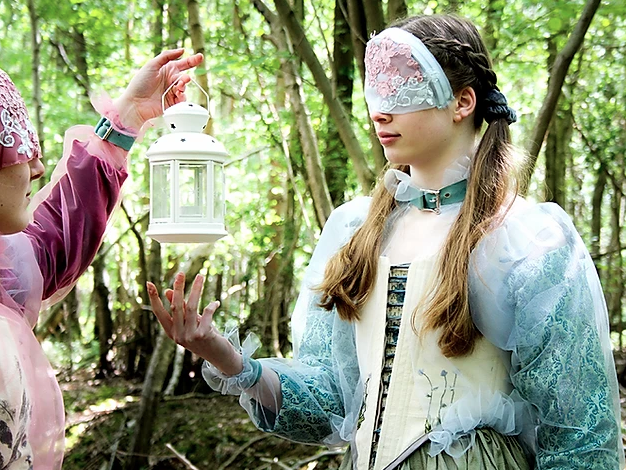As part of Origins Creatives, UAL Awarding Body will be talking to students from across the UK to learn more about their experiences of working in lockdown and how they have managed to stay motivated and creative during these unprecedented times. UAL Awarding Body caught up with Anne Waggot Knott, a Foundation Art and Design student at Carlisle College who specialises in Fine Art.
Tell us about how the pandemic impacted your education this year. Have you managed to stay creative whilst staying at home?
I was devastated; I took unpaid leave from work and funded the course fees from my own pocket, so I worked extremely hard all year and wanted to get the maximum benefit from the programme. Having the course cut short and my FMP not counting towards assessment really impacted my carefully-planned career change, with no university safety net coming up in September like most of my classmates. I’ve had to dig deep, adapt, and work really hard, because not completing my FMP was never an option.
Once I had managed to channel my initial disappointment into resolve, it was strangely liberating to respond with limited materials to such an unpredictable situation and in hindsight the experience has increased my resourcefulness, digital skills and resilience as an artist. Focusing my project on lockdown has had the benefit of gaining me exposure in some of the many lockdown-related platforms and publications.
Our tutors at Carlisle College have been a FANTASTIC source of support and inspiration during the pandemic, but I have definitely missed being part of a face-to-face community of artists, and not having a studio space has been problematic.
How do you feel about your work being showcased online instead of at a physical exhibition? Do you think that the future of exhibitions will be digital?
I have enjoyed and learned a lot pulling together a blog and digital exhibition and I think Covid has ensured we will all up our digital game in the future. However, for those of us not going onto university, the exposure to agents, gallery representatives and other champions that we would meet through a physical exhibition is absolutely essential. The cancellation of London opportunities is particularly devastating for rural students, who just don’t have the networks the city-based students do.
Is the work in your exhibition FMP related, developmental work or work that you created during lockdown?
My exhibition is FMP-related, some of it was developmental (and will continue to be developed), and it was all created during lockdown.
Tell us more about the work in your exhibition – what does it mean to you, how did you create it and what inspired you?
Before the pandemic erupted I was planning large-scale landscape works: giant masks drowning in lakes, gasping for air; mysterious characters projected momentarily onto moonlit fells.
I am a geographer and an artist; my practice focuses on our physical and metaphorical journeys and connections with the landscape. Through printmaking, photography, digital imaging and sculpture I explore human interaction with place and space, and its effect on identity and sense of belonging. The darker aspects of our landscape hold a particular fascination and I like to blur the boundaries between methods and media.
Suddenly I was reduced to the confines of my house and garden, with no studio. Instead of lakes and mountains I anchored my project around a family of four old, mismatched wooden chairs. Chairs are very symbolic, grounding us in our environment to pause, think, connect. They became my miniature landscapes. I started documenting the pandemic using them as both canvas and inspiration. Their structure invited craft-based approaches and the thought that they were once used for social gatherings was evocative.
Gradually I themed the chairs: one for lockdown, one for movement, a third for our environment and a fourth for the human body. The final outcomes are like people in lockdown – separate on the surface, connected in the deep – including photography, sculpture, film and printmaking.
What advice would you give to your peers who may feel discouraged and lack inspiration as a result of the pandemic/lockdown?
Eventually I realised that lockdown itself IS very inspirational – it’s a horrific time for some people but it’s also quite special to be able to interpret it as an artist. These are unique times and artists’ responses are important in documenting the crisis. There’s no right answer at the moment, nobody can do any planning, everything is unexpected and temporary.
So just go for it: get creative, embrace the imperfections and value your outcomes for what they are. Reach out, talk to people, and don’t isolate yourself.
What are your plans for the future?
I am continuing with my plan to strike out as an independent artist. I have been extremely lucky to secure studio space in my local town and I’m selling through local outlets, online, and aiming to secure commissions, residencies and funded project work. I already hold a MA Geography (2007) from St Andrews University and am interested in PhD level research and working with relevant research organisations. Collaboration is important to me and I’m slowly making connections with other artists where there might be a good fit.
Get in touch if you would like to share your college's exhibition or write a blog post for UAL Awarding Body.



